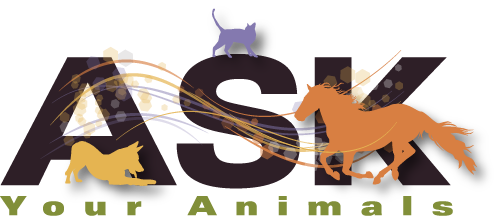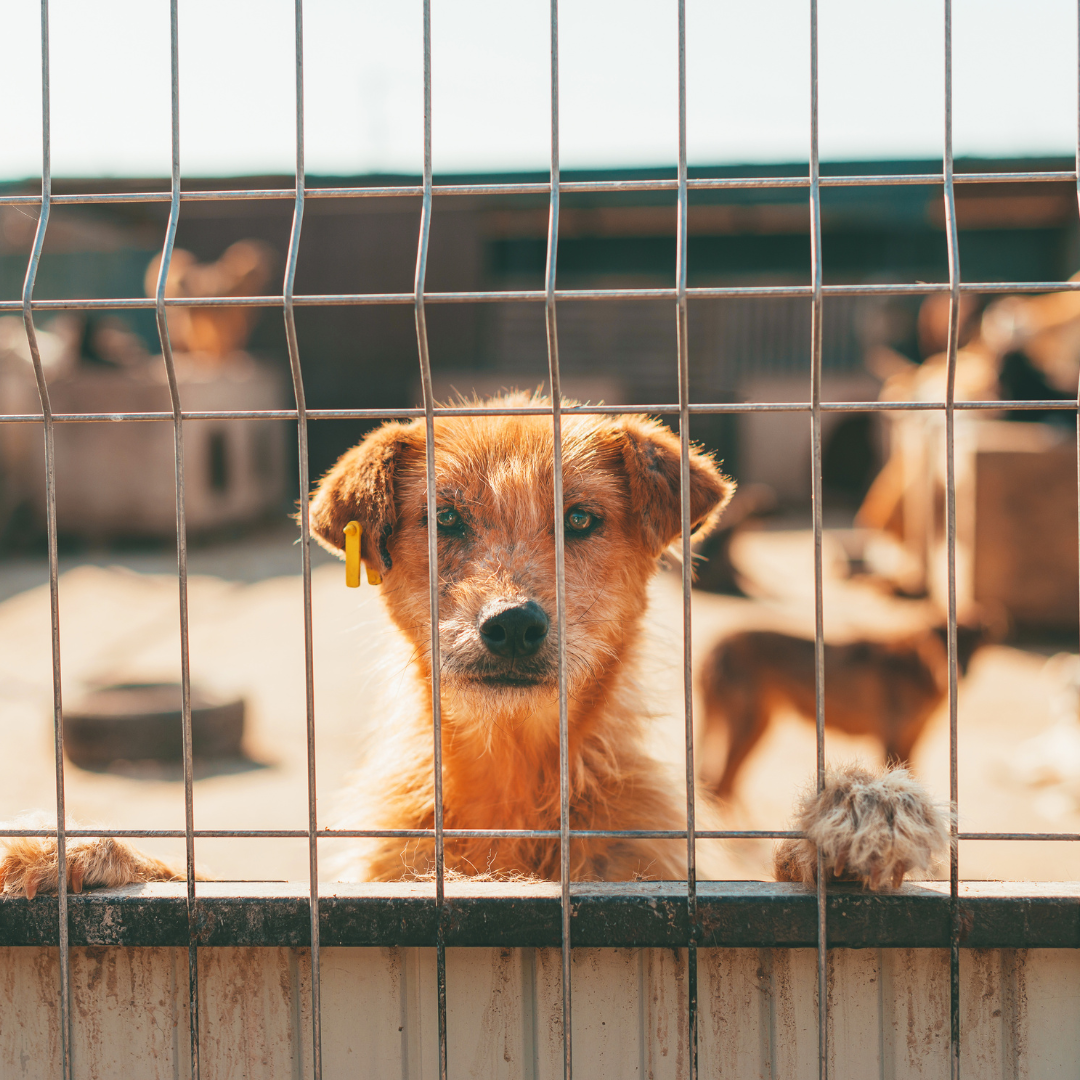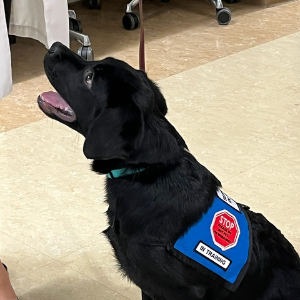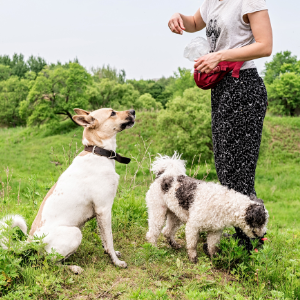Are you considering adopting a dog but are hesitant to adopt an older one? Adopting a dog is a big decision. As we stated in our previous blog, 6 Things to Consider Before You Adopt A Dog, there are several things you should consider when doing so. That list expands when you are looking at a more elderly dog. Adopting an older dog has several pros and cons, such as bypassing inevitable puppy behavior (pro) and knowing the dog’s personality (con). One of the things that there are many misconceptions about is whether or not you can still train an older dog. The short answer is yes! Despite the saying “you can’t teach an old dog new tricks”, you can absolutely teach an older dog new responses so it is never too late for dog training. Before we dive into that, let’s get a better understanding of what dog training can entail.
Types of Dog Training
Styles of Dog Training
In another blog about needing a trainer, we discussed what might prompt someone to get a trainer, what to consider before hiring a trainer, getting input from others and how animal communication can be a resource. Now, let’s look at the different types of dog training. According to Pet Keen, there are 4 different styles of training.
- Positive Reinforcement. (My personal favorite). This is all about praise for good behavior.
- Dominance Training. With this training, you’re utilizing methods that communicate to the dog that you are the alpha and that the dog submits to you.
- E-collar Training. E-collars use shock, noise, or vibration to correct unwanted behaviors.
- Clicker Training. This signals the dog that it’s reward time when they’ve done something good.
Specialized Dog Training
Outside of the 4 styles of training, there are also 8 different specialized trainings. Some of these are not fit for all dogs so it’s important to hire a reputable trainer that will thoroughly discuss each.
- Behavioral
- Tracking
- Obedience
- Therapy
- Agility
- Retrieving
- Service
- Protection
Finding the Right Dog Training
Take a moment to think about the way you learn. Do you have to write things down or do what you’re learning yourself to get it to “stick”? Humans are just like dogs in that we each learn differently so knowing how your dog learns and understanding each type of training is important. For instance, if you have a hound, tracking could be a really good way to train your dog since they are natural hunters with extra-strong sniffers. As I just demonstrated, the breed may be something to consider when choosing a type of training. The type of training you choose will also depend on things like:
- Age – you won’t necessarily want agility training for a 14-year-old dog.
- Health condition – if your dog has severe anxiety, you may not want it to do service training.
- Desired outcome – if your dog is showing undesirable behaviors that you want to diminish, you wouldn’t want to focus on therapy training.
No matter what type of training you choose, the only time age should be a factor is if their age is directly related to a health condition or physical ability. Otherwise, age should not deter you from teaching your dog a new behavior or trick.
Dog Training for An Aging Dog Could Be Difficult, Not Impossible
When it comes to training your dog, it is easier to teach a new response than to “un-teach” one that has already been learned. So, you can teach an old dog a new trick but it is harder to re-train a trick or behavior pattern that they have already learned.
It is much easier to teach a young dog that is open, energetic, and ready to explore. Young dogs have not had much time to learn about themselves and their environment so they don’t have predetermined responses to new experiences or commands. However, please note that you should be mindful of what you teach a young dog. They learn quickly whether you mean to teach a behavior or not.
As dogs grow and age, they gather information about their environment. They make assumptions and “download” patterns of responses based on past experiences. These “learned” responses may be correct (desired) responses from the human point of view or they may be labeled undesired or incorrect by the human. The dog does not label events and responses as “good” or “bad” as we do. They tend to learn what brings positive responses (praise, reward) and negative responses (pain).
Their labels and our labels do not always agree.
With all of this considered, be strategic and intentional about the way you are interacting with and training your dog and you’ll continue to strengthen your bond!






